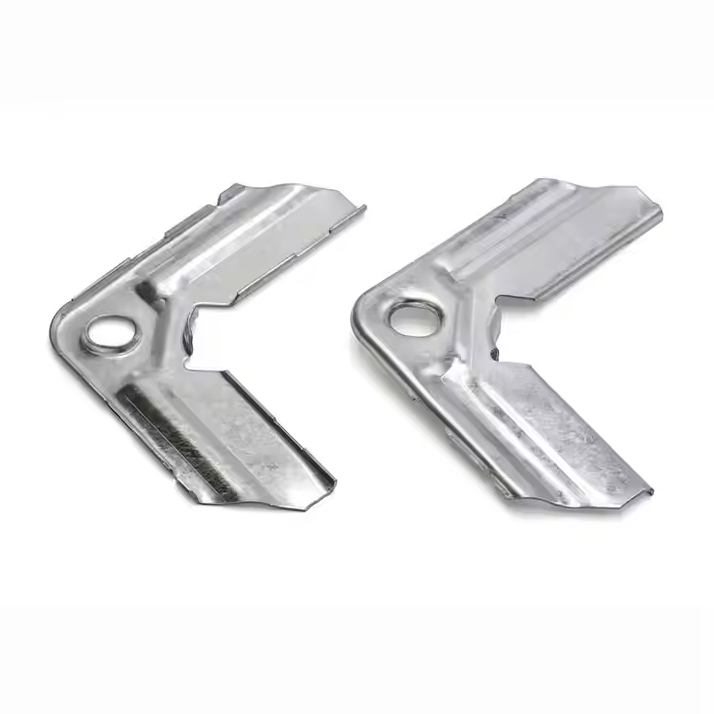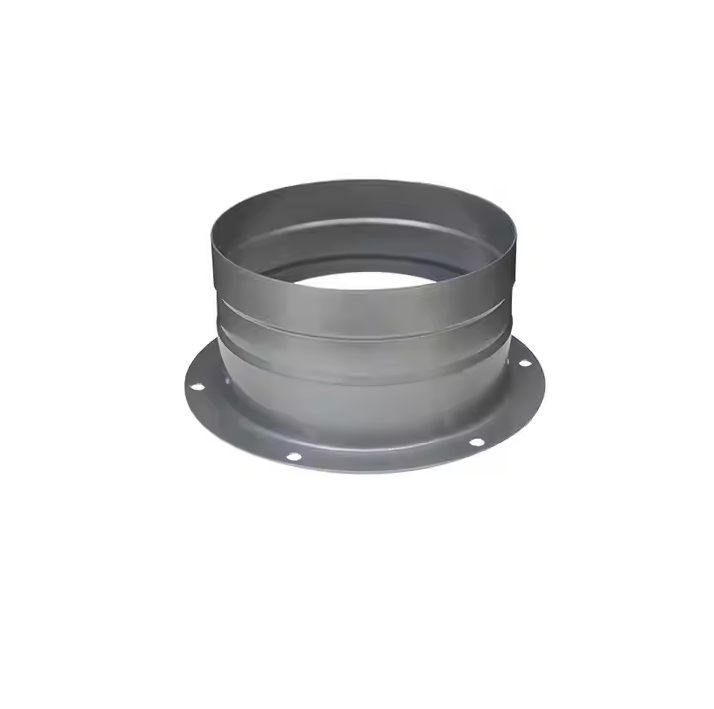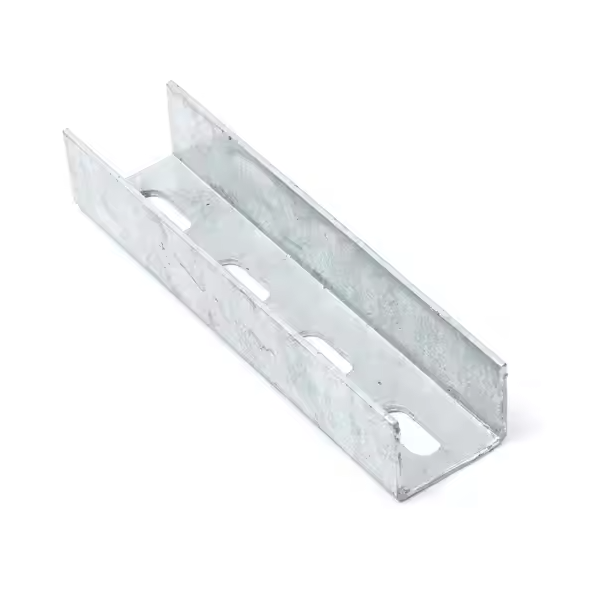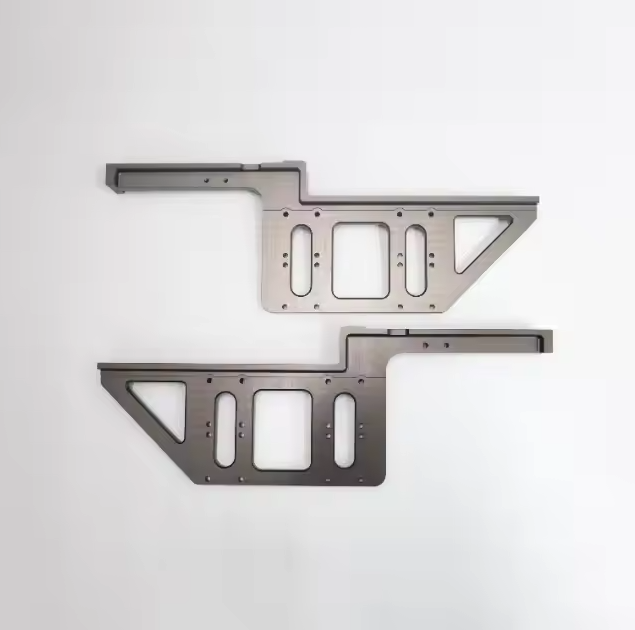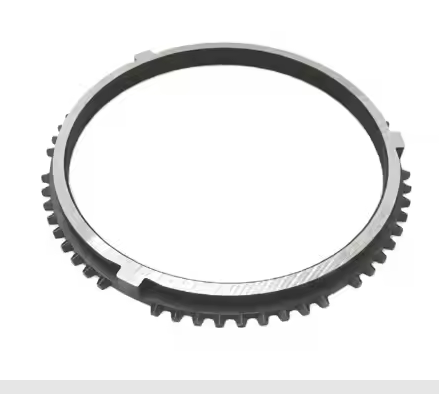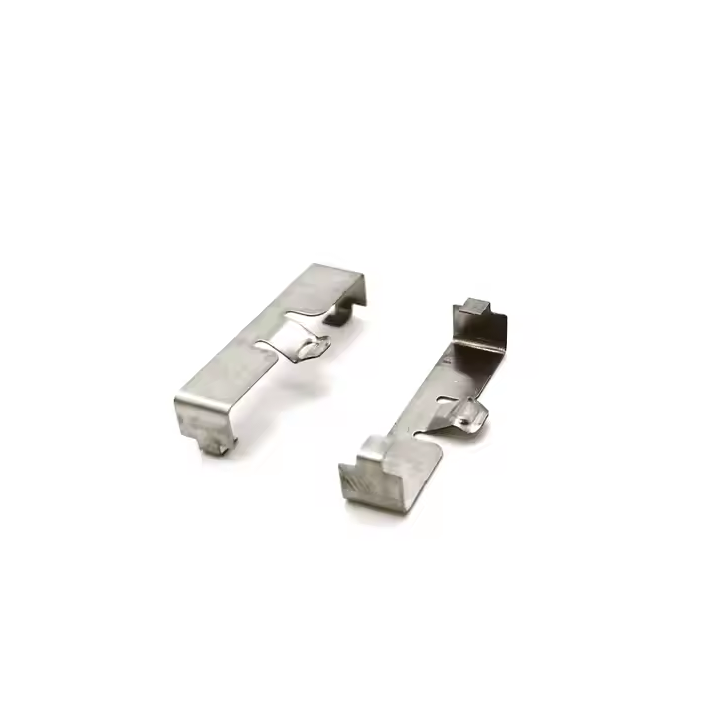With the advent of Industry 4.0, automation, informatization and intelligence have become important trends in the development of the manufacturing industry. CNC tools have become an important means to improve the productivity and efficiency of the manufacturing industry. The advancement of CNC machining tool technology has directly promoted the revolution of modern manufacturing. With the emergence of new materials, new processes and new coatings, the performance of tools has been significantly improved, allowing CNC machine tools to achieve higher speeds and work stably under greater performance burdens.
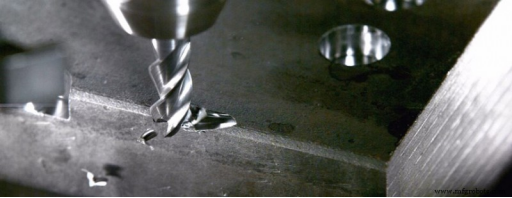
Concept of CNC machining tools
CNC machining tools refer to cutting tools used on CNC machine tools (CNC), which are used to process various metals, plastics, wood and other materials. CNC machine tools control the movement path of the tool through pre-programming to achieve workpiece processing and high-efficiency machining spindles are key components in CNC machining, and their performance directly affects machining quality, efficiency and cost.
Types of CNC machining tools
1. Turning tools
Turning tools are used on lathes for machining external circles, internal holes, grooving, threads, etc. Common turning tools include:
External cylindrical cutters: used for turning external circles or external diameters.
Internal hole cutters: used for turning internal holes.
Grooving cutters: used for cutting grooves and keyways.
Thread cutters: used for machining threads.
2. Milling tools
Milling tools are used on CNC milling machines to cut workpieces through rotational motion. Common milling tools include:
End mills: used for plane milling, milling, etc.
Face milling cutters: used for plane milling, especially for large plane milling.
Ball head milling cutters: used for curved surface milling and mold processing.
End milling cutters (vertical cutters): The spindle of the cutter is perpendicular to the surface of the workpiece and is often used for third milling.
3. Drilling tools
Drilling tools are used to process holes on drilling machines or CNC machine tools. Common drilling tools include:
Twist drill: the most common tool, used for ordinary drilling.
Center drill: used to drill a center hole on the surface of a workpiece for subsequent processing.
Deep hole drill: a tool specifically used for processing deep holes.
4. Grinding tools
Grinding tools are used for grinding machines to perform precision processing on workpieces. Common grinding tools include:
Disc grinding wheels: used for grinding planes, outer circles, inner circles, etc.
Cube grinding wheels: used for precision grinding, especially when grinding carbide and high heat-resistant materials.
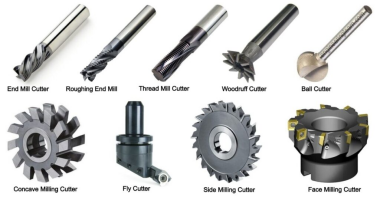
Commonly used CNC machining tool materials
The tool materials used in CNC machining are different. Different materials have different cutting performance, wear resistance, hardness and other characteristics. Choosing the right tool material can improve processing efficiency and quality.
1. High-speed steel (HSS)
High-speed steel tools can withstand high temperatures, but their wear resistance and thermal fatigue resistance are better than cemented carbide.
It performs better when processing materials with low to medium hardness (such as steel, cast iron, aluminum alloy, etc.).
The cutting performance is poor, which is not conducive to high-speed and high-load processing.
Application:
Suitable for small and medium-sized batch processing, precision processing, and milling, turning, drilling and other processing processes.
2. Cemented carbide
It has extremely high hardness and good wear resistance, and is suitable for high-speed cutting.
Excellent thermal fatigue resistance and high temperature, suitable for the above-mentioned cutting temperatures.
The brittleness increases, and it is not suitable for processing materials with lower structures.
Application:
Suitable for most metals (such as steel, alloys, cast iron, etc.) and high-speed processing tools, such as turning tools, milling cutters, drill bits, etc.
3. Ceramic materials
Extremely high hardness and high temperature resistance, able to work at higher cutting temperatures.
Excellent wear resistance, suitable for dry cutting.
Due to its brittleness, it is suitable for materials with lower load temperatures, not suitable for heavy load and high impact processing.
Application:
Suitable for processing hard materials such as alloy steel, cast iron, high temperature alloys, etc., especially in processing and low feed processing.
4. Diamond
Extremely high hardness and wear resistance, suitable for processing superhard materials.
Thermal conductivity and chemical stability, but brittleness is enhanced.
Expensive, mainly used for processing and ultra-precision processing.
Application:
Mainly used for grinding, ultra-finishing, high-rigidity metals, semiconductor materials, composite materials, etc.
5. Tool Steel
Good processing performance and heat treatment performance, the hardness can be adjusted by heat treatment.
Wear resistance and strength are better than cemented carbide, but the cost is lower.
Application:
Used in the manufacture of cutting tools, molds, tools, etc., especially commonly used in low-load cutting.
6. Composite Materials
Combining the toughness of metal materials and the hardness of ceramic materials, it is suitable for high-intensity cutting.
Under extreme conditions, such as high temperature and high pressure, composite tools show some excellent performance.
Application:
Suitable for high-precision and high-efficiency cutting, especially in extreme working environments.
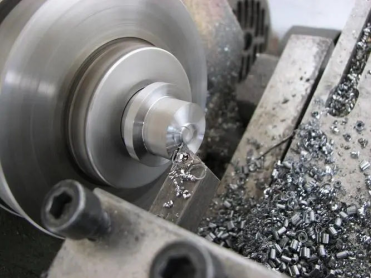
Considerations in the use of CNC machining tools
Workpiece materials
Choosing the right tool depends on the material you plan to process. As mentioned earlier, the tool used in machining must be tougher than the workpiece. Once you understand the toughness of the workpiece, you can easily identify the material that is suitable for the machining process.
Tool material
Considering the characteristics of the tool is essential to choosing the right tool. For example, if you need a tool that has a long life and can withstand high temperatures, then a high-speed steel tool is the best choice. On the other hand, if you need a tool to cut tough materials such as cast iron, then ceramic is the best choice.
Machining operations
Different CNC machining tool types are designed for specific machining procedures. Therefore, your selection is already narrowed down based on the type of operation. However, in some cases, a tool specified for one machining procedure may also be suitable for other applications.
Number of flutes
The number of flutes on the tool plays a vital role as it affects the feed rate of the machine tool. More flutes result in higher speeds of the tool to the workpiece. However, too many flutes may cause fragments of the cut workpiece to get stuck between the flutes. Therefore, it is crucial to determine the optimal number of flutes for the machining process.
Xuanmin is your go-to source for all CNC machining services. We offer a range of services such as turning, milling, drilling, and more. Whether it's a prototype or a small batch of machined parts, we can guarantee you high-quality production.
